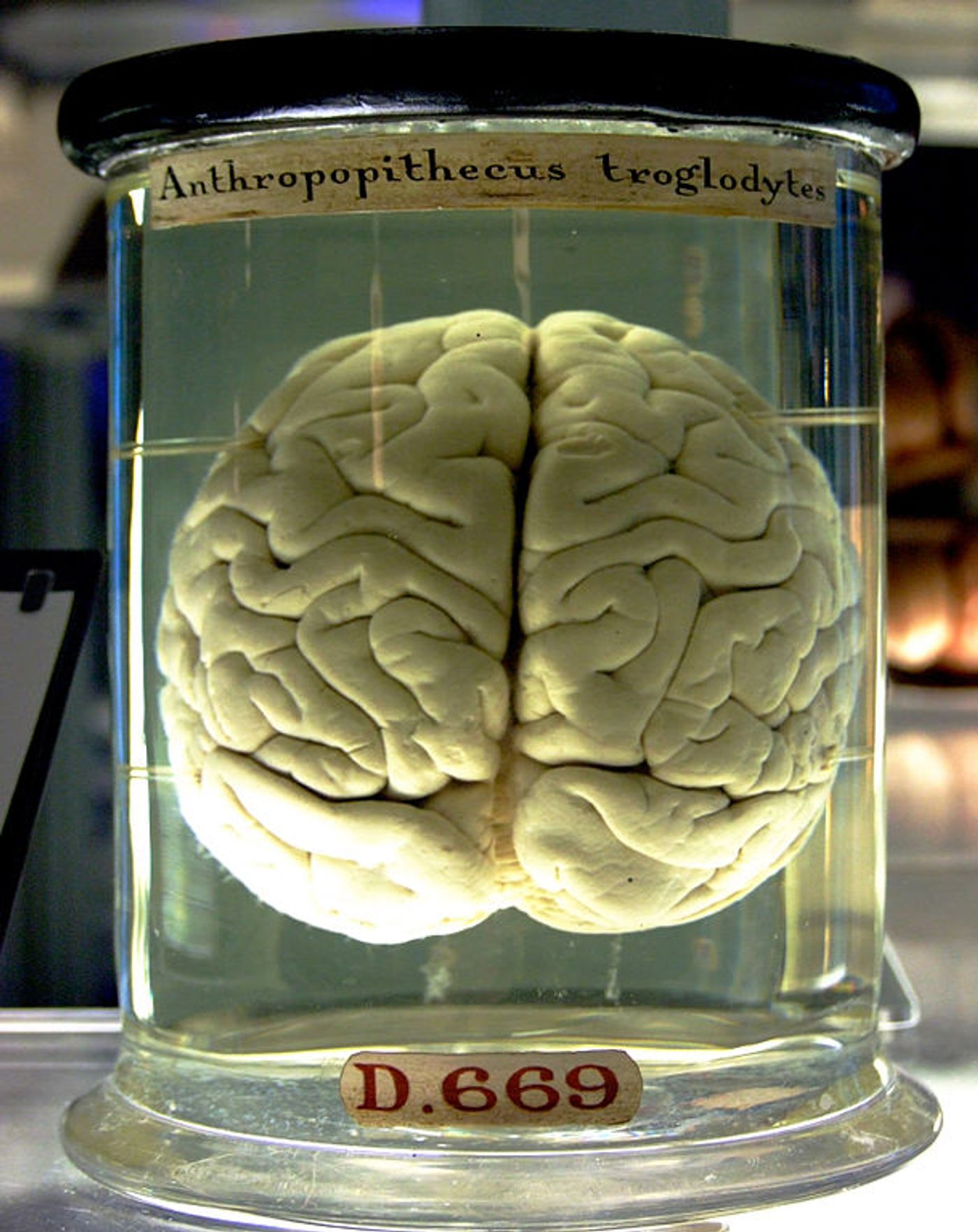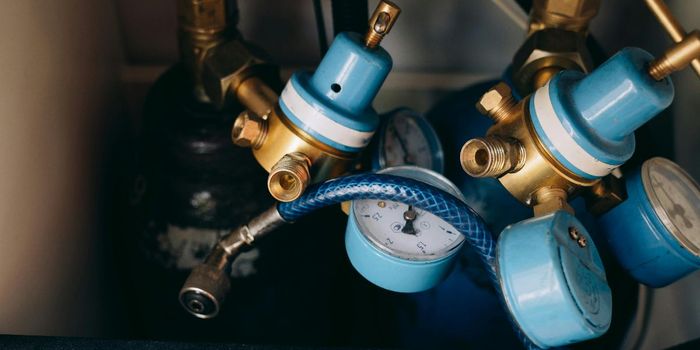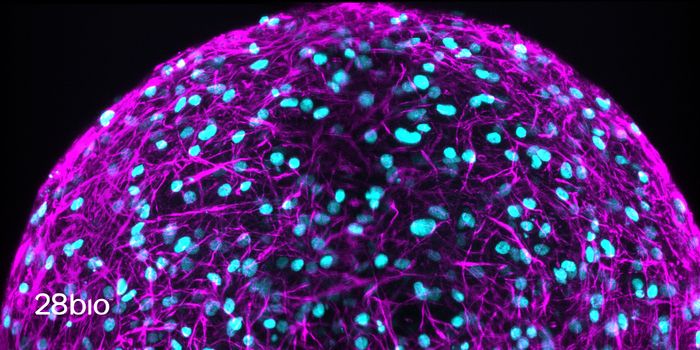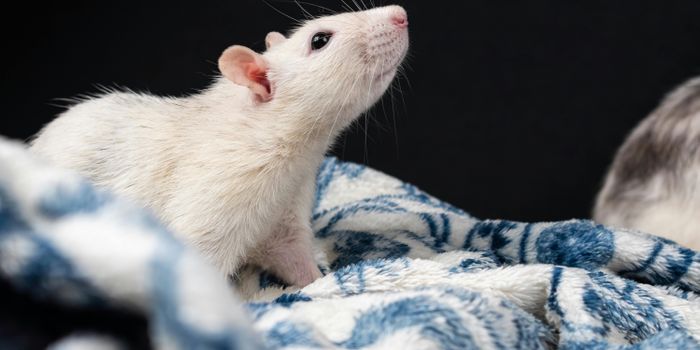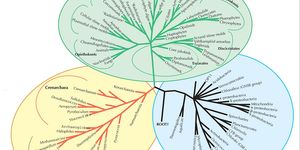The expression “Why don’t you grow a brain” is tossed around sometimes like an insult, but as it turns out, some researchers are trying to do just that. Studying problems like heart disease or cancer is made a bit easier because researchers can look at heart tissue, tumor samples and other body parts to help find causes and develop treatments. Many neurological diseases can only be definitively diagnosed after death, during an autopsy. If more information is to be found about conditions like autism, schizophrenia and Alzheimer’s, a way must be found to actually grow brain tissue from scratch.
In August of 2015, Rene Anand, a researcher at Ohio State University, announced at a military health symposium that he had grown a brain in his lab that included a cortex, midbrain and brain stem and was about as mature as that of a 5 week old fetus.
Anand has yet to publish his findings and some in the scientific community doubt that such a feat could be accomplished.
That doesn’t mean it can’t happen though. Many labs are attempting to grow brain tissue that can be used for research into neurological conditions. The process involves creating iPSCs or “Induced pluripotent Stem Cells.” In 2012, John B
. Gurdon and Shinya Yamanaka
were awarded the Nobel Prize for Physiology or Medicine for their work in creating a process that takes mature cells and induces them to revert back to their immature stem cell state. Stem cells have the ability to be manipulated into any form, so they are especially valuable for researchers.
To that end, Dr. Sergiu Pasca, MD, an assistant professor of psychiatry and behavioral sciences at Stanford University,
has been working with iPSCs collected from people with certain brain disorders to create miniature pieces of brain tissue known as organoids that mimic the structure and function of the human brain cortex. These brain organoids can be grown from simple skin cells that contain DNA. In a recent study, Dr. Pasca was able to engineer tiny spheres contain neurons that actually work, synapses that actively fire and even the crucial astrocytes, which are cells that maintain neural functionality.
These lab created parts are also able to express genes in design and order similar to what happens in a fetal brain up through the midpoint of gestation. Since it’s the cerebral cortex of the brain that is most important in the development of schizophrenia and autism (two of Pasca’s study areas) his lab has concentrated on creating cells that function like that region of the brain.
In a press release about his work Dr. Pasca said, “One of the major problems in understanding mental disorders is that we can’t directly access the human brain. These spheroids closely resemble the three-dimensional architecture of the cortex and have gene-expression patterns that mimic those in a developing fetal brain.”
Dr. Pasca and his team chose this area of study because there was of the lack of a good model system to study human brain development and function. MRI studies, especially those that are functional, can show a somewhat large picture of brain activity and autopsy studies can reveal brain structure, but there is currently no efficient way to see the activity happening in the neural networks of the brain. The team at Stanford hopes that if they can create brain tissue in the lab and watch it develop, the causes of many neurological conditions can be found and hopefully treated. Check out the video below to see more about the work of creating brain organoids.
